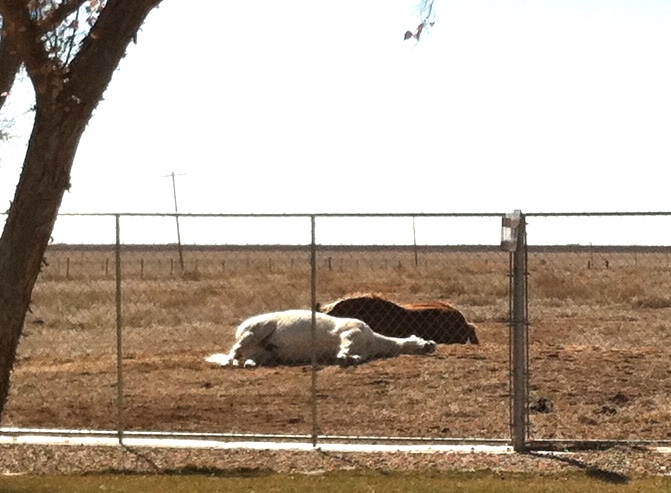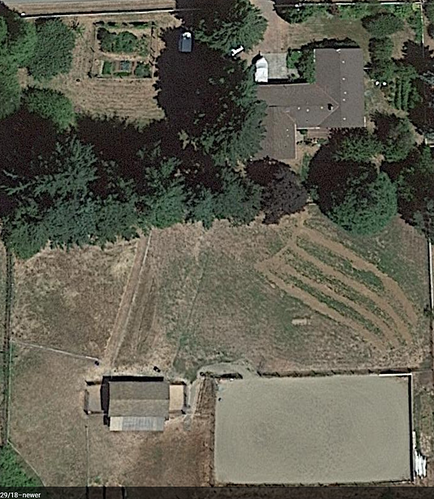Our drain field needs replacing. The workers want to run it directly from the house towards the barn. This puts it right in the middle of the path that we drive vehicles over and horses will be walking or running over on a daily basis. I would like it put closer to the house. Any thoughts as to doing this? They are saying it will be fine once grass grows over it. They said if we put it closer to the house, we would need to add gutters to the roof to prevent water runoff from the roof ending up on the drain field.
Just wondering how safe it is to do what they suggest? As I have always heard to not drive over or have horses walk over the drainfield. Suggestions?


